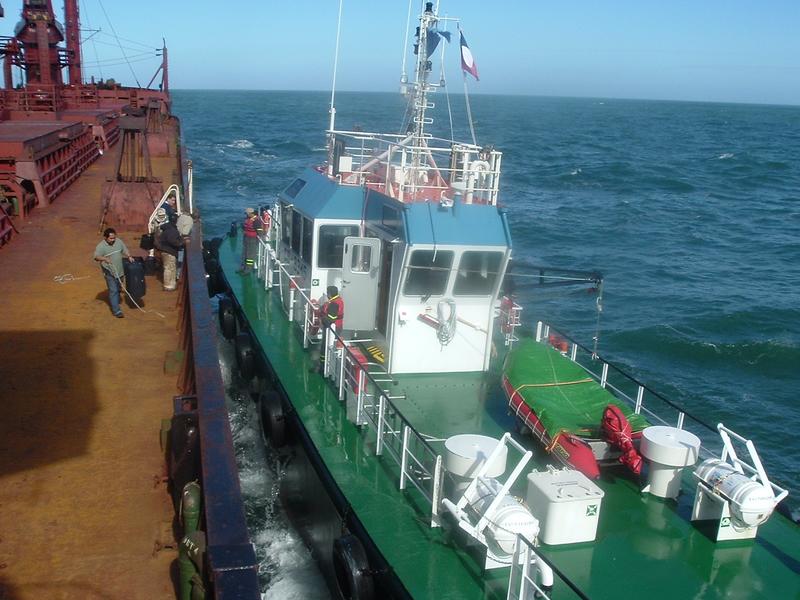Top port firm cuts IT, boosts speed
Inchcape Shipping Services has used Cisco to help centralise its services, helping to cut its IT footprint by 85 per cent and boost its networks by 50 per cent.


A world-wide maritime services company has cut 85 per cent of its IT footprint while boosting its network speeds.
Inchcape Shipping Services (ISS) has some 200 port-side offices around the world. To help simplify management, boost network response times and cut energy consumption, ISS and technology partner Dimension Data have implemented an application networking system from Cisco.
The hub of the system is a UK-located, virtualised data centre, which features Cisco Catalyst switches and virtual private networking (VPN) to back up the infrastructure. But in the offices, scattered around the globe, ISS has rolled out Cisco's wide area application services (WAAS), to help centralise the system.
"With centralisation and virtualisation, we are reducing services hardware footprint in all offices by 85 per cent," said Bryan Phillips, group information director at ISS.
Previously, a remote office would have two or more servers. Now, such offices have a single Cisco router - which is easier to support and manage, and also helps cut energy use and therefore carbon emissions.
"One of our strategic goals is to reduce our global carbon footprint, and using Cisco WAAS to cut the amount of equipment we need in each branch office is a key part of that strategy," said Phillips. "If you think that each of the servers we had was drawing around two to three amps, and multiply that across all our locations, that's quite a big reduction in energy use."
But it's not all about being green. "A local office department is far more easily supported," said Phillips, adding that issues such as security, data recovery and others are far easier to manage over a centralised system.
Sign up today and you will receive a free copy of our Future Focus 2025 report - the leading guidance on AI, cybersecurity and other IT challenges as per 700+ senior executives
"It provides, across the board, the best possible level of service," Phillips said. "If they don't have a lot of capacity, it's added 50 per cent onto the maximum possible capacity... the more creative the area, the better service [improvements] we can provide them."
Phillips said the investment is expected to provide a return of investment of about 35 to 45 per cent, but that the initial outlay was on the smaller end of six-figures.
Freelance journalist Nicole Kobie first started writing for ITPro in 2007, with bylines in New Scientist, Wired, PC Pro and many more.
Nicole the author of a book about the history of technology, The Long History of the Future.


